How to Choose a Nikon Z-Mount Lens: The Ultimate Buying Guide
Buying a mirrorless camera you love is just the first step into the world of photography. Choosing the right lens? That's the crucial next step.
But picking a lens isn't as straightforward as choosing a camera. Even seasoned photographers often feel overwhelmed by the endless options out there.
That's why we've put together this guide — to help Nikon users find the best Nikon Z-mount lenses for their needs.
Whether you're a beginner or a more advanced photographer, the lenses we recommend here are not only worth considering but also offer great value for your money.

In this article, you will learn:
- Quick Guide to Nikon Z-Mount Lenses
- Nikon APS-C Mirrorless Lens Recommendations
- Nikon Full-Frame Mirrorless Lens Recommendations
- Conclusion
Quick Guide to Nikon Z-Mount Lenses
If you're new to Nikon cameras, check out the links below for more information.
Further Reading:
If you've never explored camera lenses before, we've got you covered! Click the link below to learn some basic lens knowledge.
Further Reading:
The Ultimate Camera Lens Buying Guide: Your Path to Perfect Shots
Nikon's first mirrorless mount, the "1" mount, debuted in 2011. However, products using this mount have since been discontinued.
In 2018, Nikon made a comeback in the mirrorless market with its Z-series cameras, introducing the second mirrorless mount, the "Z" mount.
Today, all Nikon mirrorless cameras on the market use Z-mount lenses.
According to data from DPReview and Photography Life, as of March 2024, there are 59 autofocus Z-mount lenses available.
Nikon's lens naming system is fairly straightforward:
- All lenses are branded as Nikkor, Nikon's lens brand.
- Mirrorless lenses include the letter Z, indicating they are designed for Z-mount mirrorless cameras and not for DSLRs.
- Lenses with DX in the name are APS-C lenses and are not ideal for use on full-frame cameras. Lenses without "DX" can be used on both APS-C and full-frame Z-mount cameras.
- You may also notice some lenses with VR in their names. This stands for Vibration Reduction, Nikon's image stabilization technology. It helps reduce camera shake and is unrelated to virtual reality.
Nikon's high-end mirrorless lenses are part of the S-line series. These lenses have an "S" at the end of their model name and an "S" logo on the lens barrel. It's similar to Sony's "G" badge or Canon's red ring on their premium lenses.
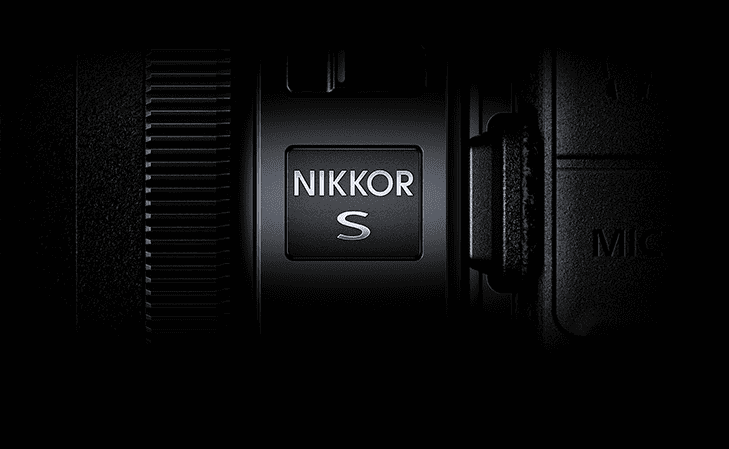
Nikon APS-C Mirrorless Lens Recommendations
Note:
- For Nikon Z30, Z50, and Z fc cameras.
- Not mentioning a lens doesn't mean it's bad.
1. Standard Zoom Lenses for Everyday Use
Standard zoom lenses are incredibly versatile, covering focal lengths perfect for most daily needs. They are often the best first lens for beginners and frequently bundled with camera kits.
For Nikon APS-C mirrorless cameras, there are only two standard zoom options. Luckily, the differences are clear, making it easier to decide which one suits you.
Budget-Friendly/Compact Option: Nikkor Z DX 16-50mm F/3.5-6.3 VR
This is the most basic lens for Nikon APS-C mirrorless cameras. It's affordable, lightweight, and great for casual photography. If you're on a tight budget, this is the obvious choice.
Travel-Friendly Option: Nikkor Z DX 18-140mm F/3.5-6.3 VR
Compared to the 16-50mm, this lens offers a much wider focal range and significantly better telephoto capabilities. It's more versatile for capturing a variety of scenes, especially distant subjects, making it ideal for travel and outdoor photography.
However, this comes with trade-offs: it's noticeably larger, heavier, and costs several hundred dollars more.
The photo below shows the size comparison between the two lenses. As you can see, the Nikkor Z DX 18-140mm is much bigger.
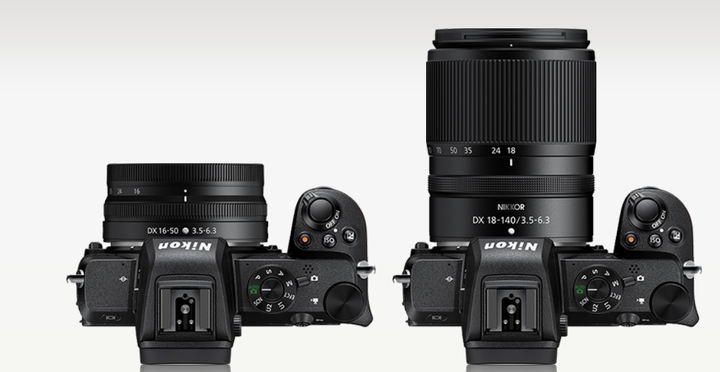
Both lenses are typically sold as part of a kit with the camera body and are rarely available for purchase separately. It's best to decide which one you prefer when buying the camera.
2. Prime Lenses for Blurred Backgrounds
Compared to similar zoom lenses, prime lenses are often more compact, offer better image quality, feature wider apertures, and come at more affordable prices. These qualities make them a popular choice for many photographers.
However, because prime lenses have a fixed focal length, they are less versatile and require more skill in framing and composition.
For beginners, we recommend starting with a standard zoom lens and adding a prime lens later as a complementary option.
All-Purpose Pick: SIGMA 30mm F1.4 DC DN
On APS-C cameras, a 30mm prime lens is equivalent to a 45mm focal length on a full-frame camera. This "standard view" is close to what the human eye sees, making it a great choice for everyday photography, portraits, food photography, and more.
This SIGMA lens offers an impressive F1.4 aperture, compact size, reasonable price, and excellent optical performance. It's one of the most popular prime lenses for APS-C cameras.

3. Other Options
For Portraits:
- High-quality: SIGMA 56mm F1.4 DC DN
- Budget-friendly: Viltrox AF 56mm F1.4 Z
For Landscapes and Architecture (Ultra-wide):
- Nikkor Z DX 12-28mm F/3.5-5.6 PZ VR
For Selfies or Astrophotography (Ultra-wide):
- Viltrox AF 13mm F1.4 Z
For Concerts or Wildlife (Telephoto):
- Nikkor Z DX 50-250mm F/4.5-6.3 VR
Nikon Full-Frame Mirrorless Lens Recommendations
Note:
- For Z5, Z6, Z7, Z8, Z9, Z f, and other Nikon full-frame mirrorless cameras.
- Not mentioning a lens doesn't mean it's not good.
1. Standard Zoom Lenses for Everyday Use
Budget Pick: Nikkor Z 24-50mm F/4-6.3
This is Nikon's most affordable full-frame zoom lens. Designed to pair with the entry-level Z5, it's often sold as part of a kit, making full-frame photography more accessible for budget-conscious users.
That said, it's a lens built for compromises. While great for beginners or casual use, it may not satisfy users with higher-end Nikon models. If you're using a premium camera, you'll probably want a higher-quality lens to match.
Best Value: Tamron 28-75mm F2.8 Di III VXD G2
This fast zoom lens offers a constant F2.8 aperture and excellent optical quality at a very reasonable price. It's a fantastic option for those looking for a balance between performance and cost.
Top Choice: Nikkor Z 24-70mm F/2.8 S
This is Nikon's flagship standard zoom lens for the Z-mount. With top-notch build quality, outstanding image performance, and a premium price tag, it's the go-to option for photographers who want the very best in this focal range and have the budget to match.
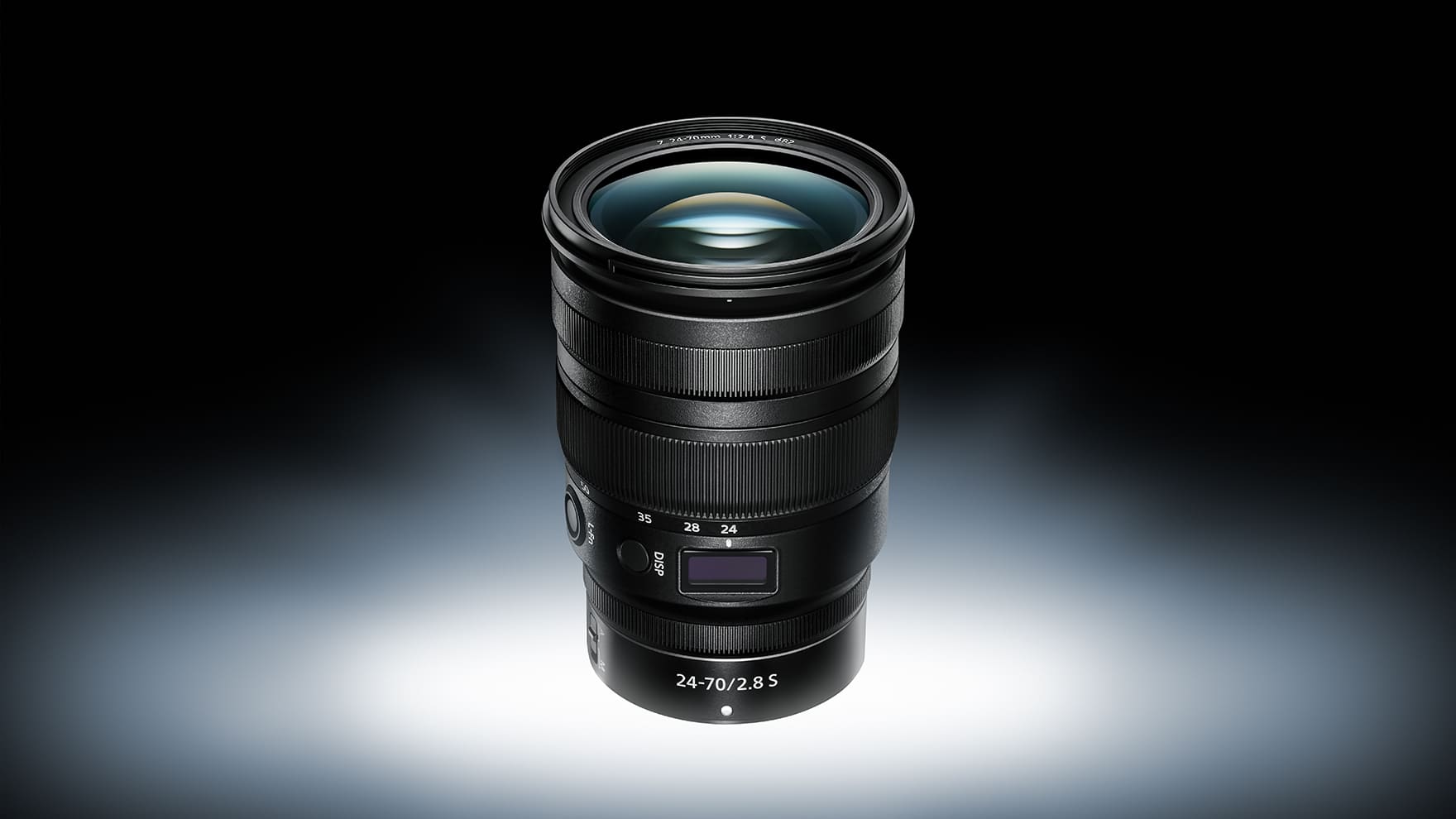
2. Travel-Friendly All-in-One Zoom Lenses
All-in-one zoom lenses offer a wide focal range, making them versatile enough to handle various shooting scenarios. They're ideal for travelers who prefer carrying just one camera and one lens.
These lenses are also great for those who shoot diverse subjects and dislike switching lenses frequently.
Best Value: Nikkor Z 24-200mm F4-6.3 VR
This lens offers a broad zoom range, excellent telephoto capabilities, and a compact, lightweight design — all at an affordable price. It's a solid choice for photography enthusiasts who love to travel.
Additionally, it's often bundled with cameras like the Nikon Z5 as a kit, offering a great deal compared to buying the lens separately.
Advanced Option: Nikkor Z 24-120mm F4 S
While this lens sacrifices some telephoto reach and lacks image stabilization, it features a constant F4 aperture and superior optical performance. It's a great pick for photographers who prioritize image quality.
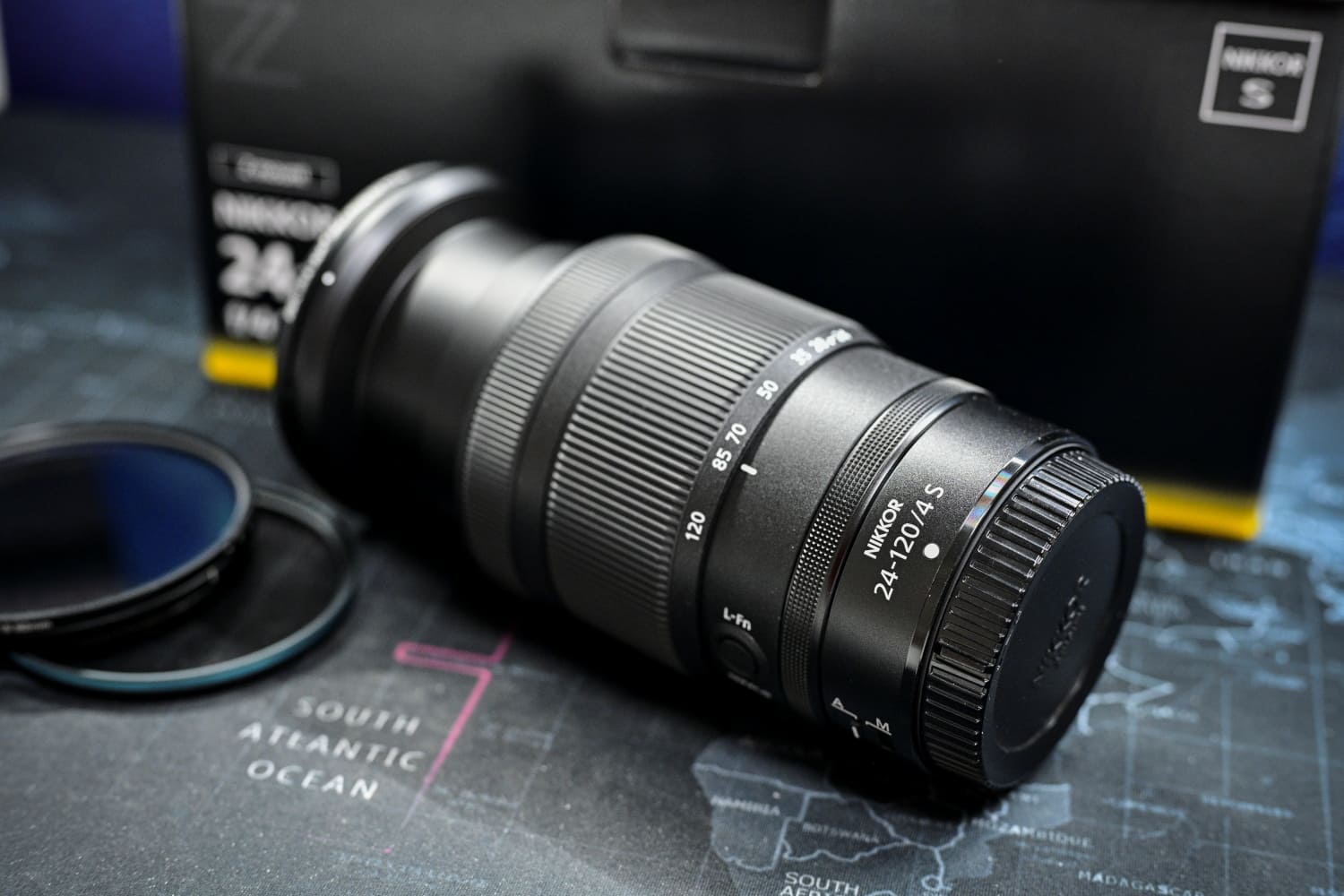
3. Versatile Standard Prime Lenses
A standard prime lens for full-frame cameras typically has a focal length of around 50mm. This type of lens is incredibly versatile and works well for almost any photography style.
Whether you're a beginner exploring prime lenses or a seasoned photographer with diverse needs, a 50mm lens is always worth considering.
Further Reading:
Budget Option: Yongnuo YN 50mm F1.8Z DF DSM
This affordable prime lens allows Nikon mirrorless users to experience the charm of an F1.8 large aperture without breaking the bank.
While it doesn't offer premium build quality, the image performance is decent for its price — good enough for beginners or those on a tight budget.
Mid-Tier Option: Nikkor Z 50mm F1.8 S
Nikon's own 50mm lens offers the same specs as the Yongnuo but with a far superior optical design. It delivers excellent sharpness and beautiful bokeh, making it a standout member of Nikon's high-end S-line series.
Top-Tier Choice: Nikkor Z 50mm F1.2 S
No need for lengthy explanations — this is simply the best 50mm lens Nikon has ever made for its mirrorless cameras.

4. Wide-Angle Zoom Lenses for Landscape Photography
If you're passionate about landscape photography and want to take your work to the next level, investing in a good wide-angle lens is essential.
Best Ultra-Wide Value: Nikkor Z 14-30mm F/4 S
This lens offers an impressive 14mm ultra-wide angle and features a flat front element, making it easy to use with filter systems — perfect for landscape photography.
As part of Nikon's premium S-line series, it delivers excellent optical performance. It's a great option for landscape and architecture enthusiasts looking for quality and versatility.
Best Budget Option with Wide Aperture: Nikkor Z 17-28mm F/2.8
This lens, co-developed by Nikon and Tamron, is based on a proven design already popular in Sony's E-mount lineup.
Compared to the 14-30mm, it sacrifices some focal range but gains a constant f/2.8 aperture, making it ideal for astrophotography and video work.
Top-Tier Choice: Nikkor Z 14-24mm F/2.8 S
Nikon's flagship ultra-wide-angle lens combines an exceptional focal range with a bright f/2.8 aperture. With top-notch design and performance, this is simply the best ultra-wide lens Nikon has to offer.
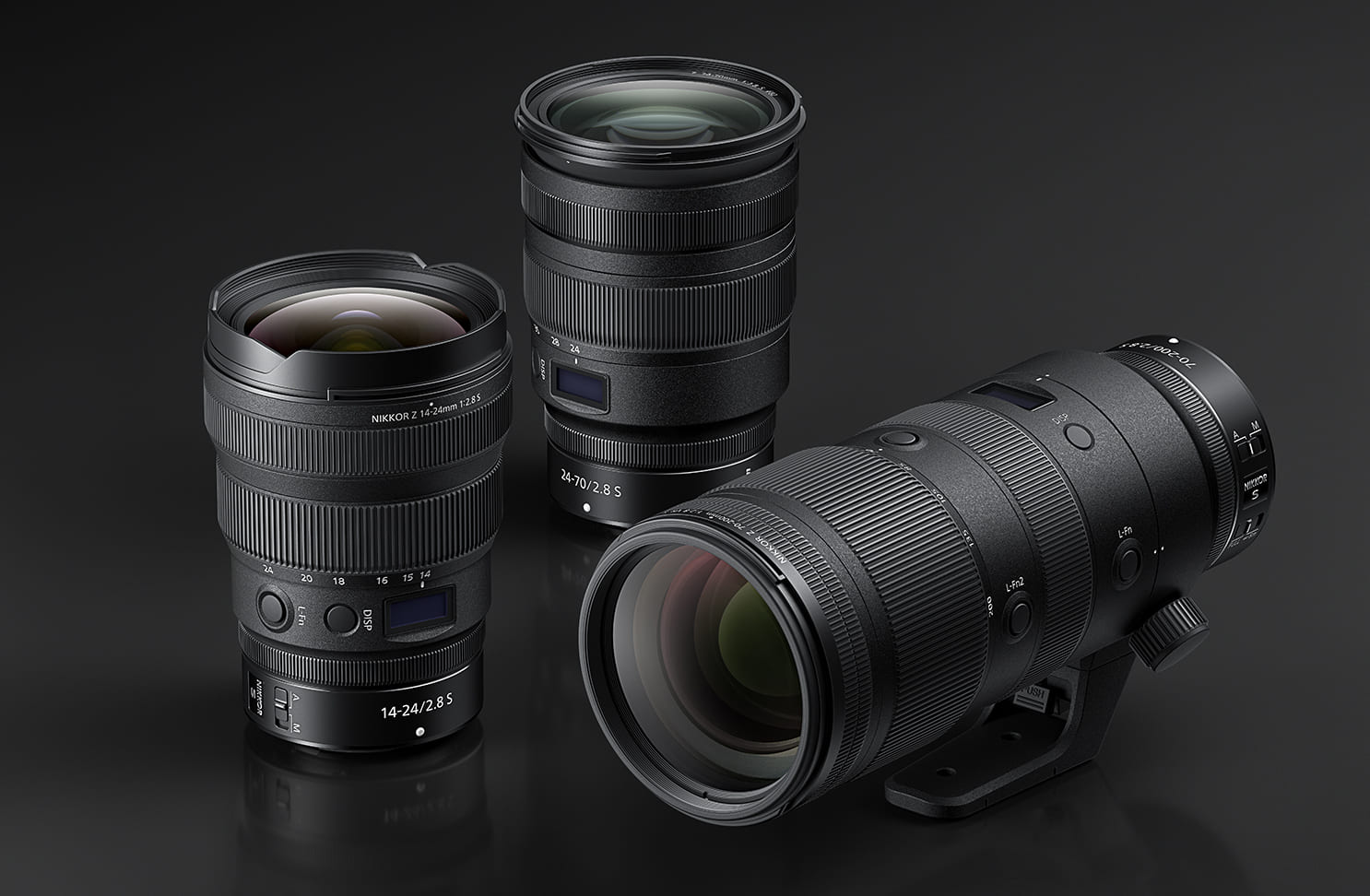
5. Medium Telephoto Prime Lenses for Portrait Photography
For professional portrait photography, lenses with focal lengths between 85mm and 135mm and a wide aperture are often the go-to choice.
These lenses, with their narrower field of view, make it easier to blur out distracting backgrounds and focus attention on the subject.
Budget Option: Viltrox 85mm F1.8 Z
In the 85mm F1.8 category, both Yongnuo and Viltrox offer great budget-friendly choices. Viltrox edges out slightly in quality, making it a good pick for photography enthusiasts who want to try their hand at portrait photography without breaking the bank.
Advanced Option: Nikkor Z 85mm F/1.8 S
Nikon's S-line lenses are known for their excellent performance, and this 85mm lens is no exception. It delivers impressive sharpness and beautiful background blur (bokeh), with no major flaws. It's currently the best 85mm F1.8 lens for Nikon Z-mount.
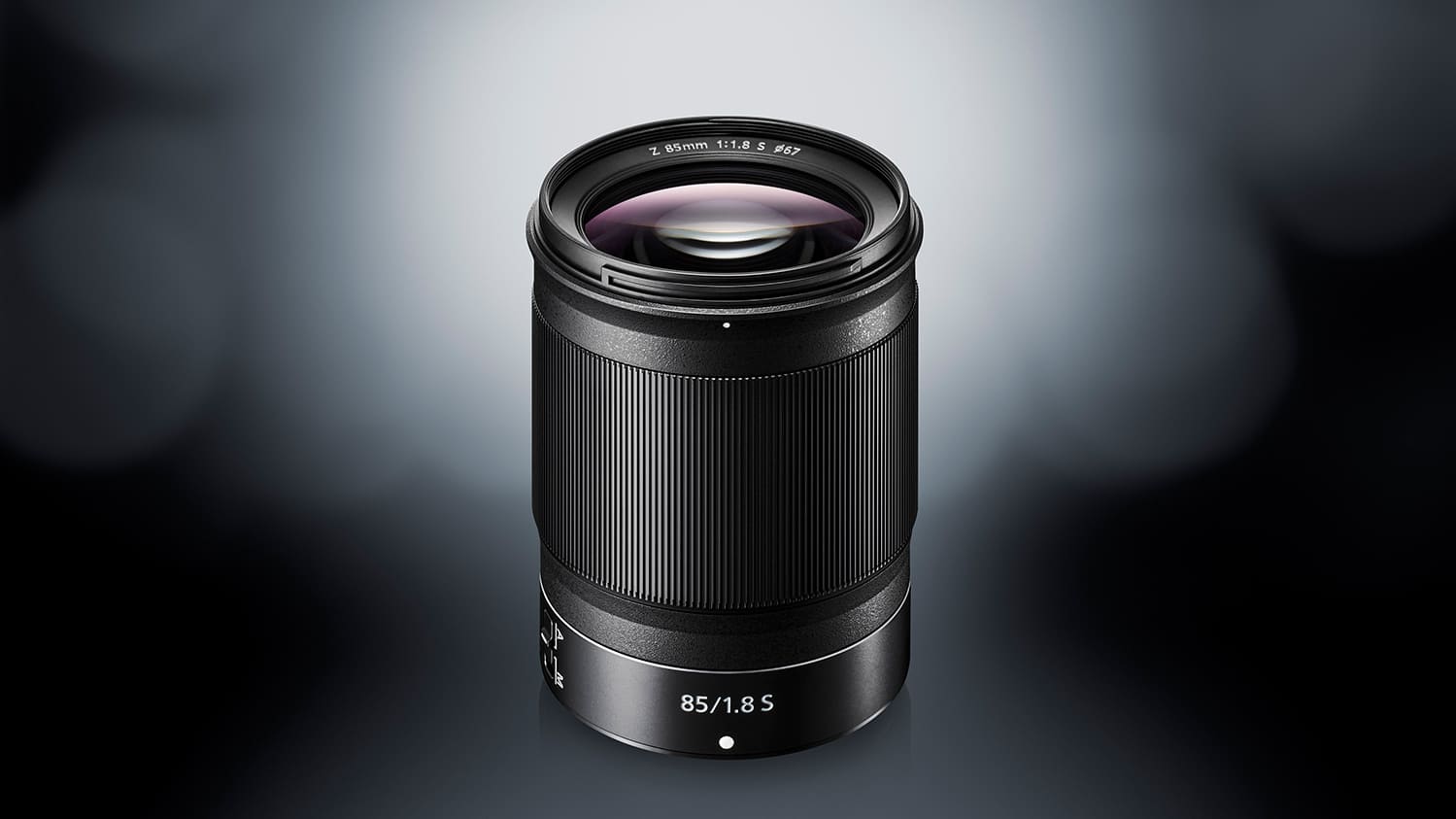
6. Telephoto Zoom Lenses
Telephoto lenses are commonly used in news photography, wildlife photography, sports events, and concerts. Fixed telephoto lenses are often too expensive and heavy for most people, so we're focusing on recommending telephoto zoom lenses.
Budget Pick: Tamron 70-300mm F4.5-6.3 Di III RXD
This lens offers a versatile zoom range at an affordable price. It's compact and lightweight — about the size of a standard travel mug — making it a great choice for budget-conscious photographers looking to try telephoto photography.
Best Value: Nikkor Z 70-180mm F2.8
This is another popular model made by Tamron for Nikon. While its telephoto reach isn't the longest, the constant F2.8 aperture is a standout feature.
For portrait photography, the wide aperture creates a strong background blur (bokeh). For sports and wildlife photography, it allows lower ISO settings when shooting at fast shutter speeds.
In the past, telephoto lenses with an F2.8 aperture were typically bulky, heavy, and very expensive. But this lens offers excellent portability and affordability, even with its 180mm telephoto limit, making it a fantastic value.
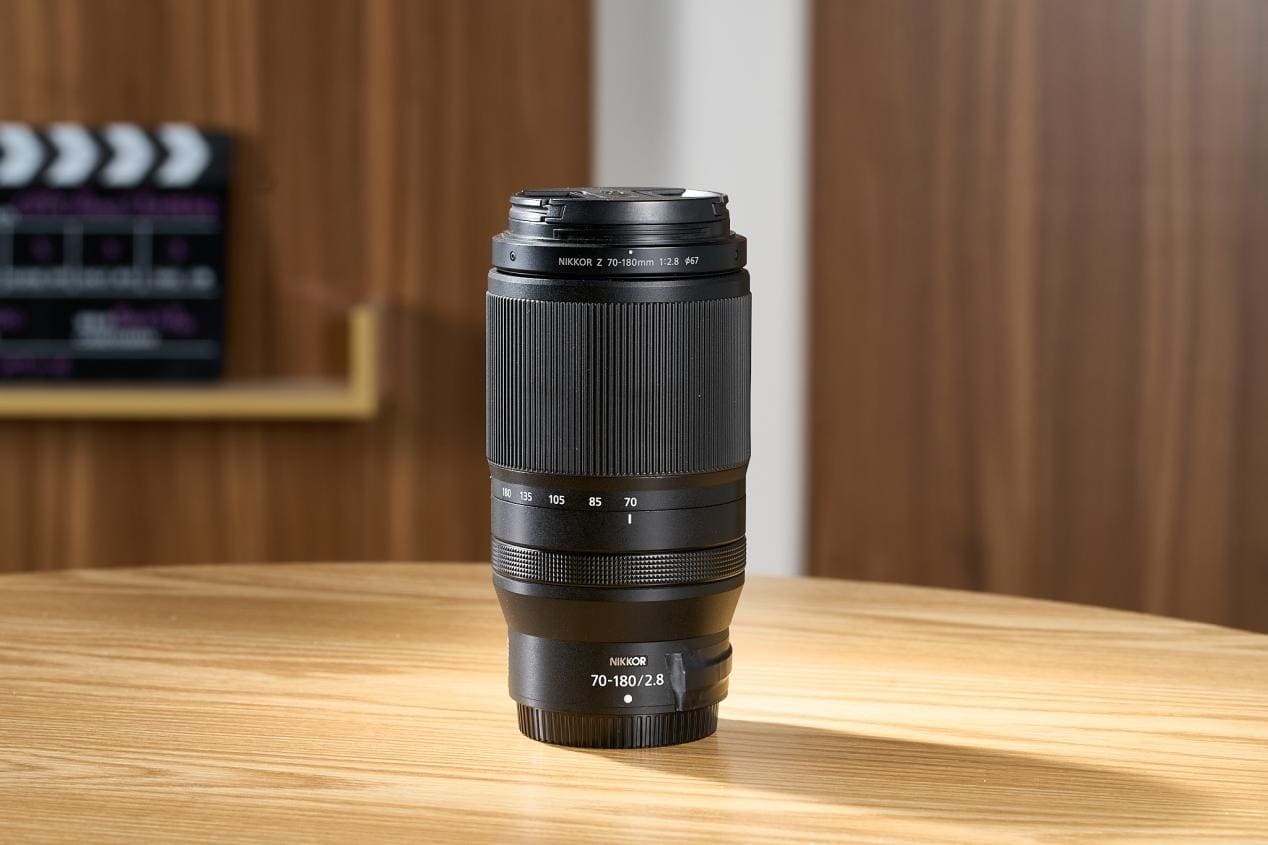
7. Other Lens Options
Super Telephoto Zoom Lenses for Long-Distance Shooting (≥400mm):
- Practical Option: Tamron 150-500mm F/5-6.7 Di III VC VXD
- Nikon Original: Nikkor Z 100-400mm F4.5-5.6 VR S
Wide-Angle Prime Lenses for Portraits in Tight Spaces:
- Budget-Friendly: Viltrox AF 35mm F1.8 Z
- Nikon Original: Nikkor Z 28mm F2.8
- Top Performance: Nikkor Z 35mm F1.8 S
Macro Lenses for Close-Ups:
- Affordable Option: Nikkor Z MC 50mm F2.8 Macro
- Top Performance: Nikkor Z MC 105mm F2.8 VR S Macro
Conclusion
The Nikon Z-mount lens lineup offers a wide variety of options to meet the needs of all kinds of photographers. Whatever your style or skill level, there's a lens that's perfect for you.
If you're a beginner, starting with budget-friendly lenses is a great way to explore the joy of photography. For more experienced photographers, higher-end lenses can help take your work to the next level.
We hope this guide has been a helpful resource for choosing the right Nikon Z-mount lens. As you continue your photography journey, may you discover the endless creative possibilities that lenses can bring.
After all, photography isn't just about gear — it's about the way you connect with the world around you.
Product Recommendation:
Photography isn't just about capturing shots. Post-processing is equally important for refining your work. To boost efficiency, consider TourBox, a favorite tool among photographers and digital artists.

TourBox is a compact, powerful controller designed for creative work. It streamlines post-processing by making tasks like color adjustment, detail refinement, and batch editing more intuitive, reducing reliance on mouse clicks and keyboard shortcuts.
Especially when using software like Photoshop or Lightroom, TourBox's seamless operation truly enhances productivity. Not only that, it allows for custom configurations for different workflows, tailored to your specific usage habits.

If you aim to save time and increase efficiency in your post-processing workflow, consider giving TourBox a try. A more efficient post-processing workflow not only gives you more time to focus on your creativity but also makes the entire photography process smoother and more enjoyable.